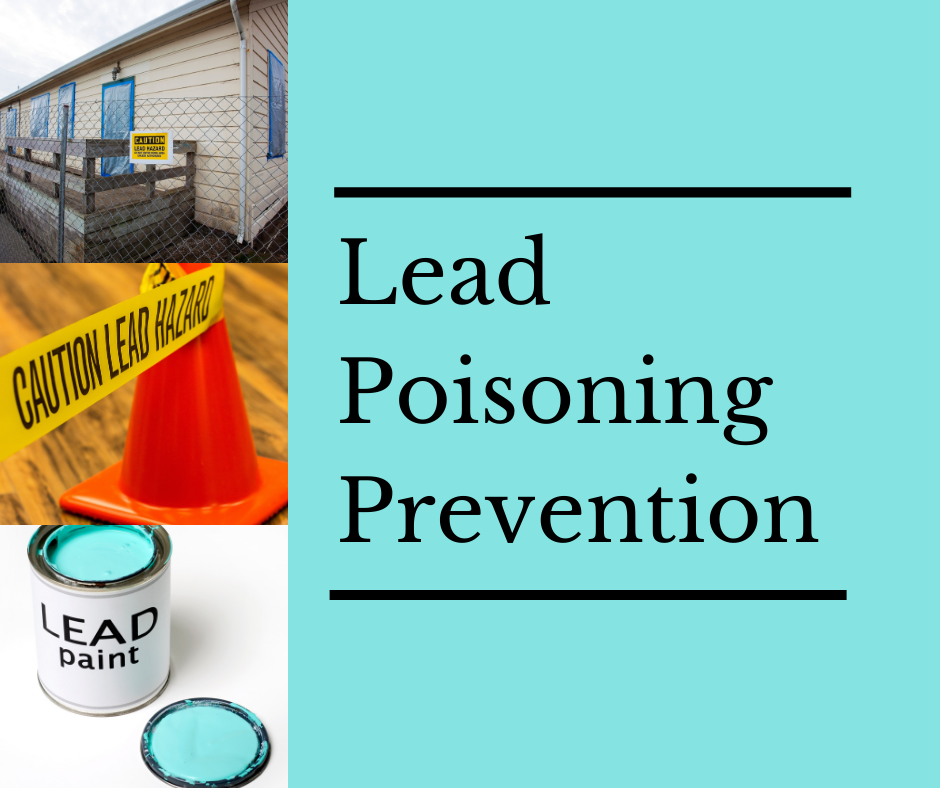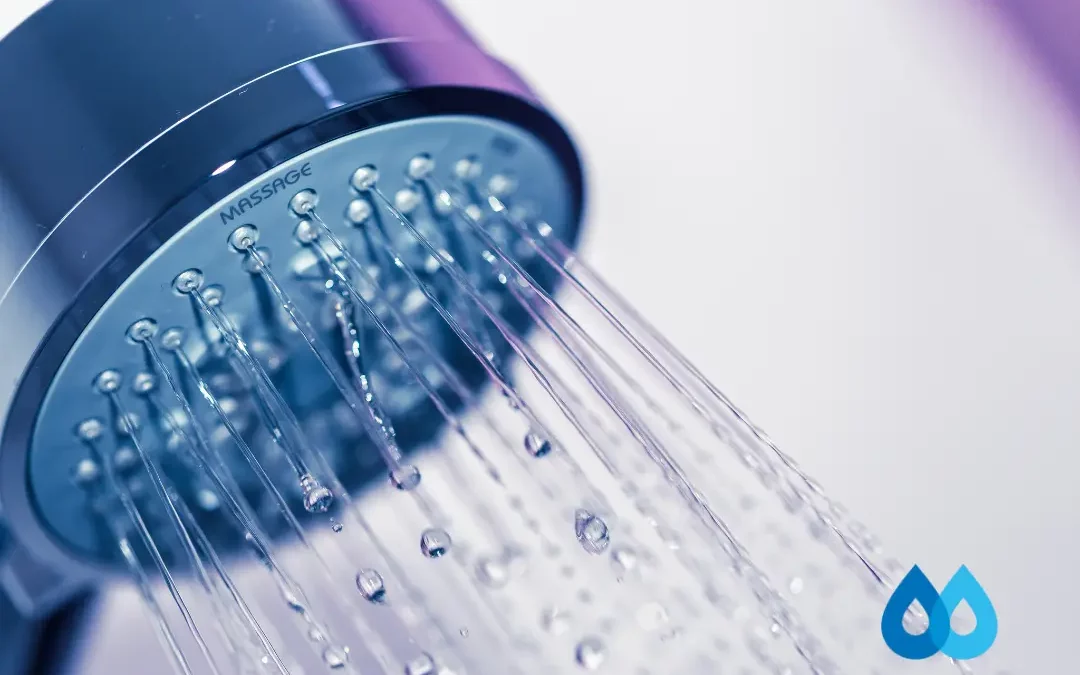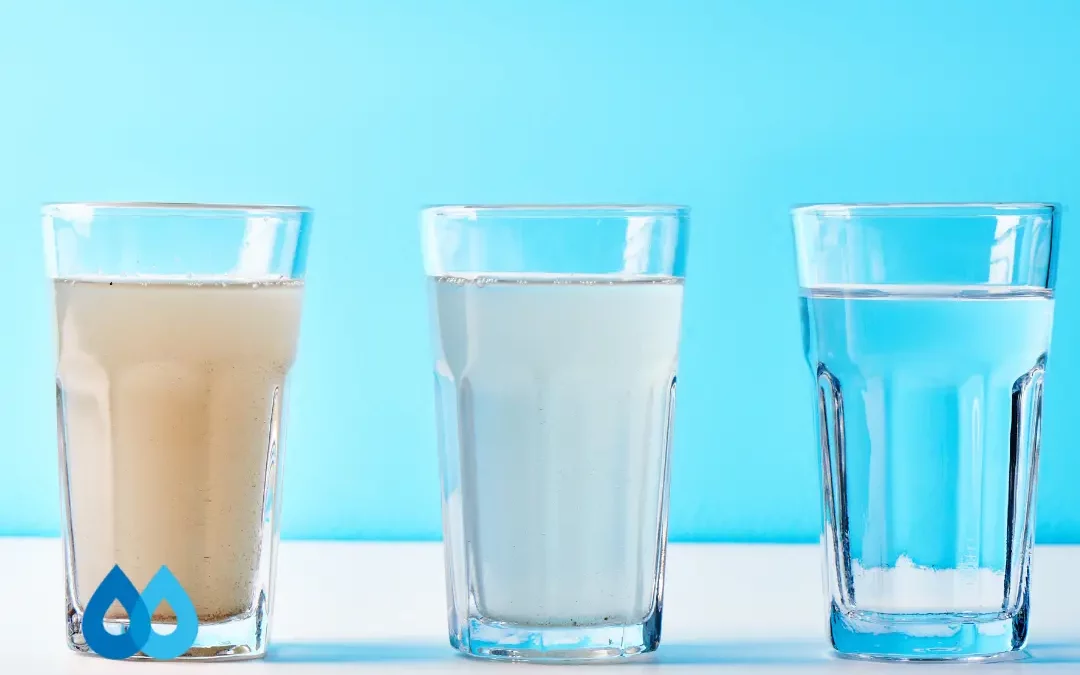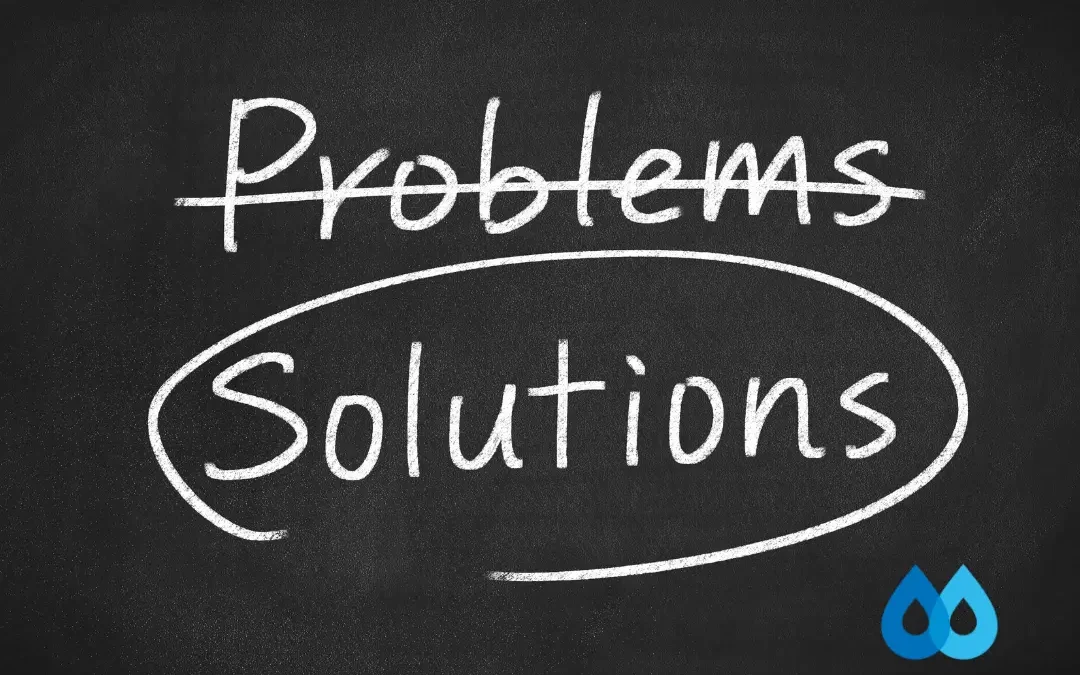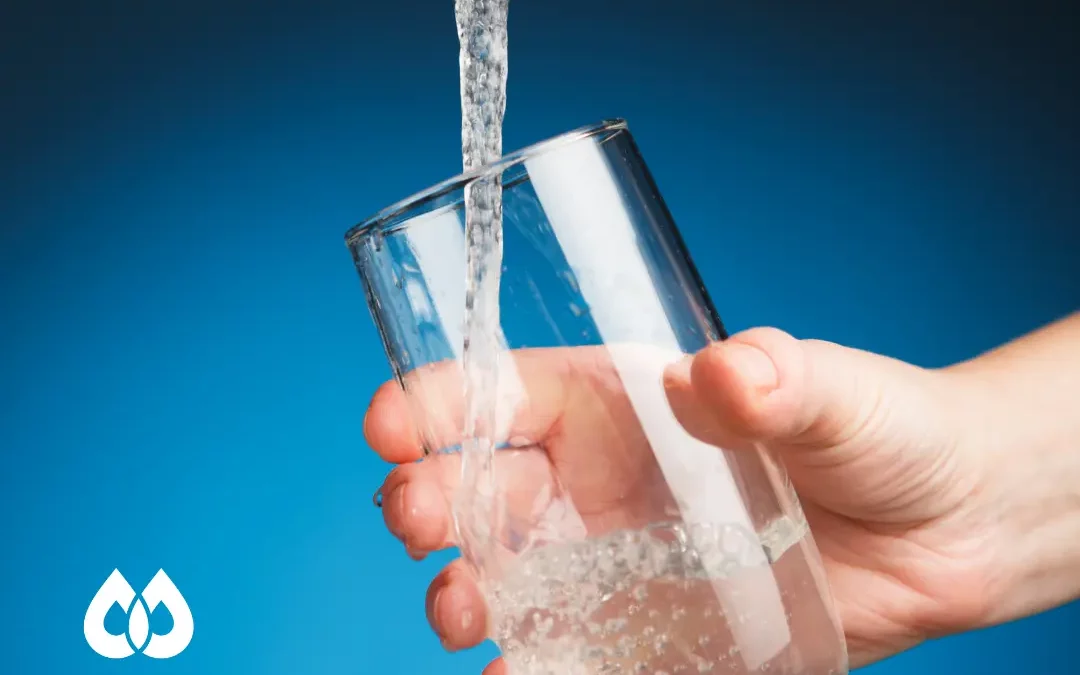Once in a while, you hear about a community dealing with the devastating effects of lead poisoning or lead in drinking water. But, the truth is, there are many more communities at risk than we are aware of and more needs to be done. This is exactly the mission of National Lead Poisoning Prevention Week – to reduce childhood exposure to lead and prevent lead poisoning. Awareness sparks change and we are happy to be a part of that mission.
Lead Poisoning Facts
Let’s start with a few facts from the Centers For Disease Control and Prevention (CDC). This will become your WHY – and you’ll want to read on.
- Most children get lead poisoning from paint in homes built before 1978. Old paint will crack and peel, making dangerous dust. Most children get lead poisoning from breathing or swallowing this dust that gets on their hands and toys.
- Lead can cause learning and behavior problems. Unfortunately, lead poisoning affects the brain and nervous system. This leads to slower growth and development, damaged hearing and speech, lower cognitive abilities and issues with attention.
- Lead tests are the only way to know if there’s lead in your child’s system.
- An estimated 3.6 million American homes with at least one child have significant lead paint hazards.
- As many as 500,000 US children (2.5%) under 6 years have BLLs ≥5 µg/dL.
- Each lead-exposed child costs an estimated $5,600 in medical and special educational services.
Lead in Drinking Water
Lead can enter drinking water when old lead pipes corrode. The most common sources of lead in drinking water are lead pipes, faucets, and fixtures. Lead pipes are more likely to be found in older cities and homes built before 1986. The EPA has set the maximum contaminant level goal for lead in drinking water at ZERO. Why? Because lead is a toxic metal that can be harmful to human health even at low exposure levels. There is NO safe level.
Addressing Concerns and How to Reduce the Risk of Lead Poisoning
It is normal to be concerned about lead poisoning and lead in drinking water. To reduce the risk of at-risk infants and children consuming lead in tap water, a water filter is the best way to add protection and reduce contamination from lead and other harmful chemicals.
We offer a variety of water filtration systems that are efficient and effective – and you’ll live with a peace of mind you may not have had before. We cannot always control the quality of our tap water before it gets to our faucet, but we CAN control our drinking water quality before we consume it. Give us a call to learn more about our reverse osmosis systems and our mission to remove lead and other common drinking water contaminants.
